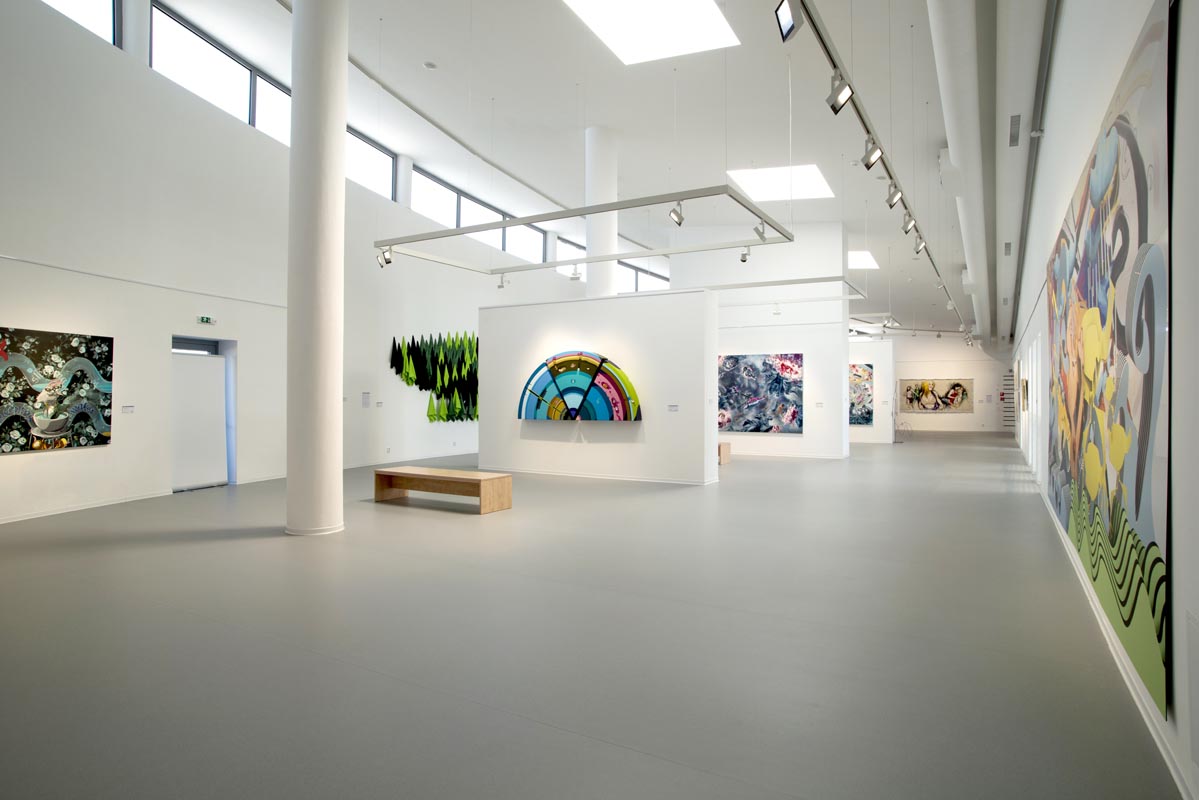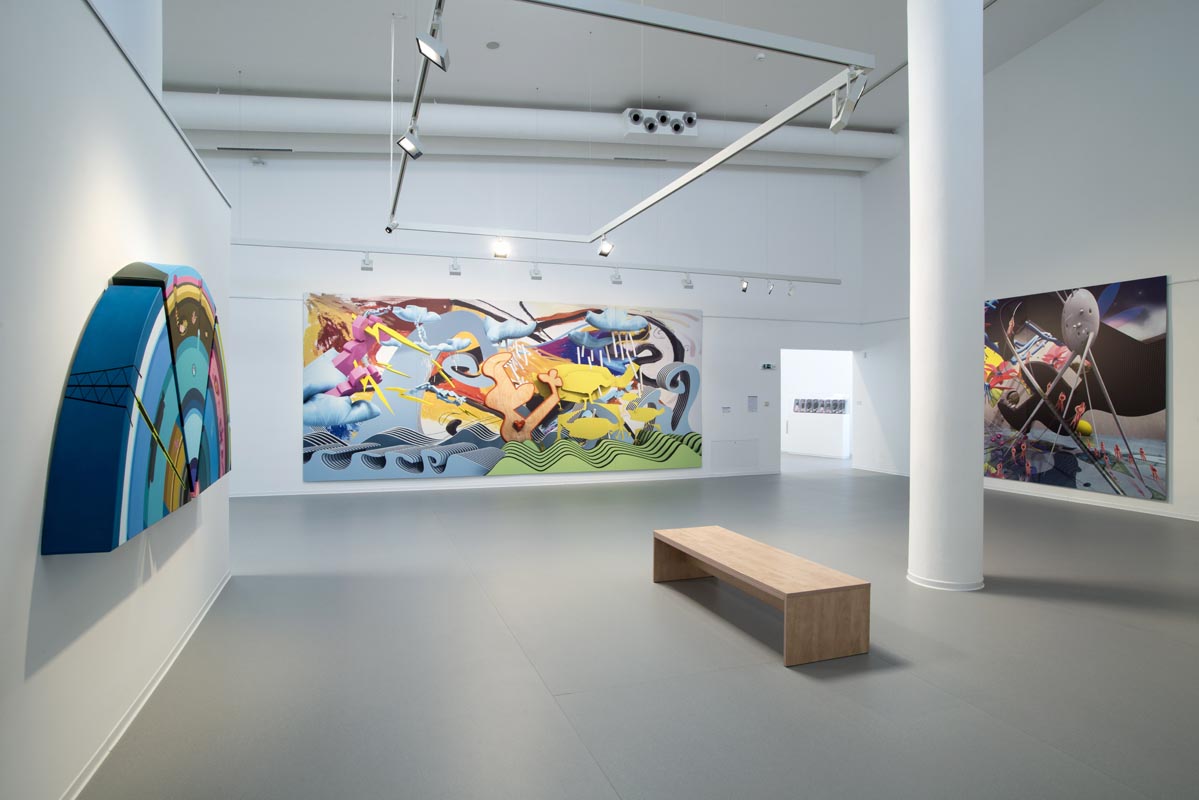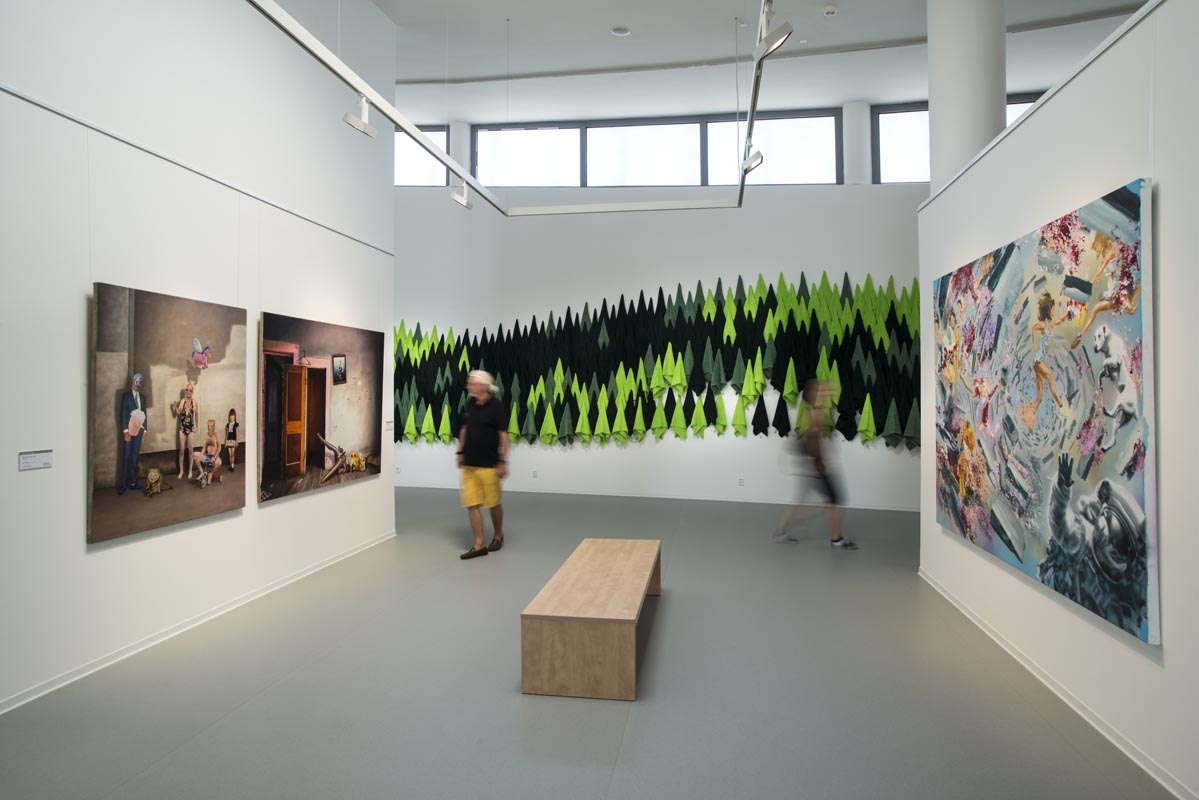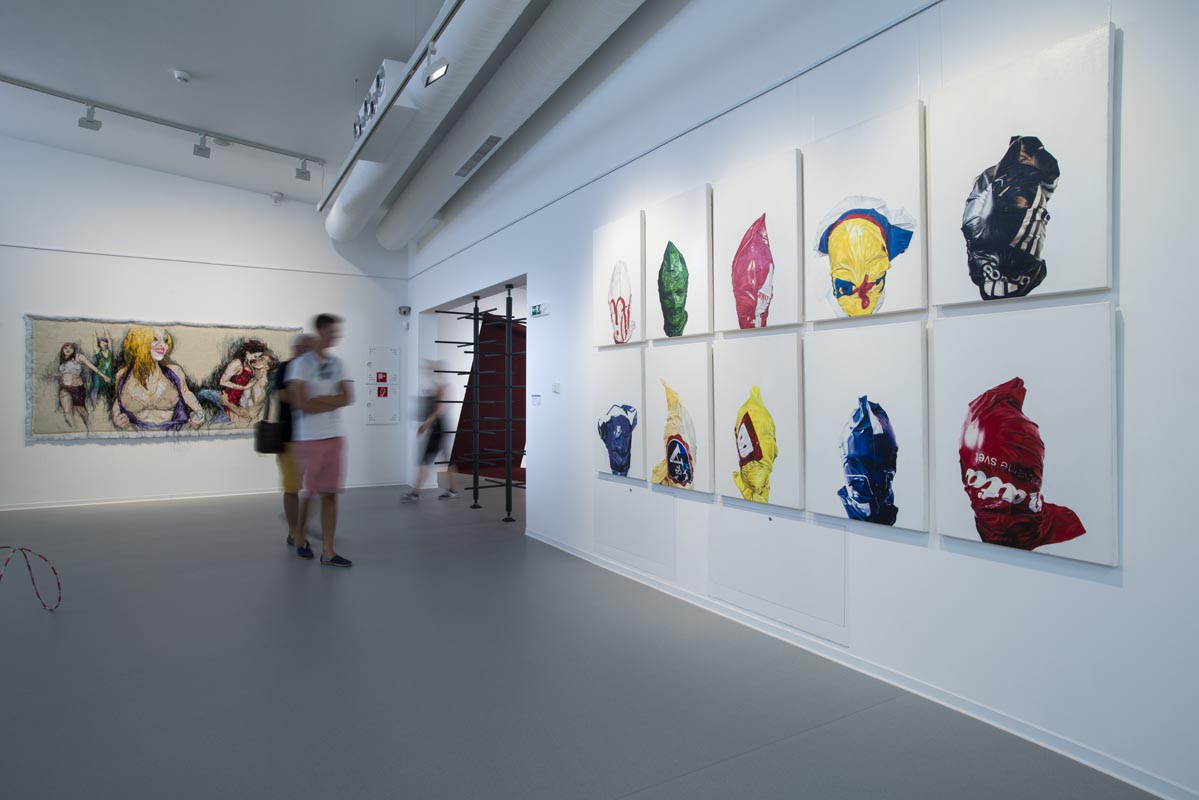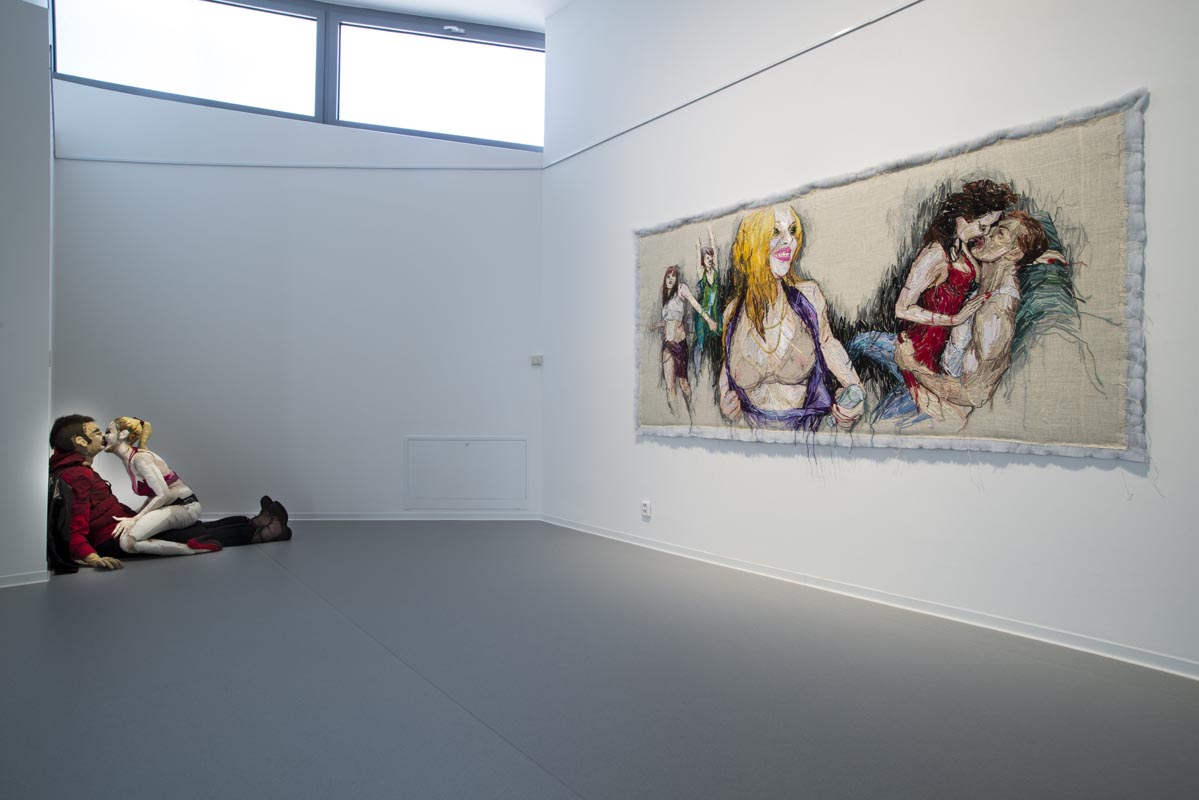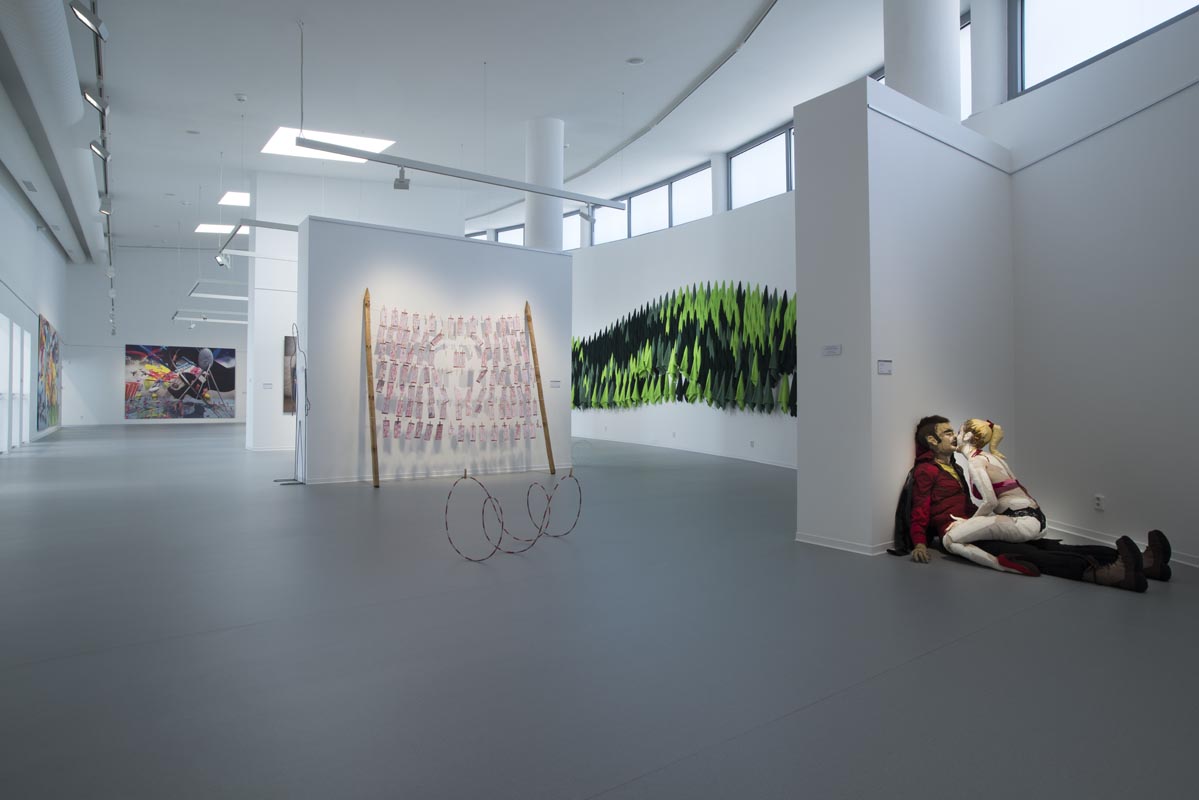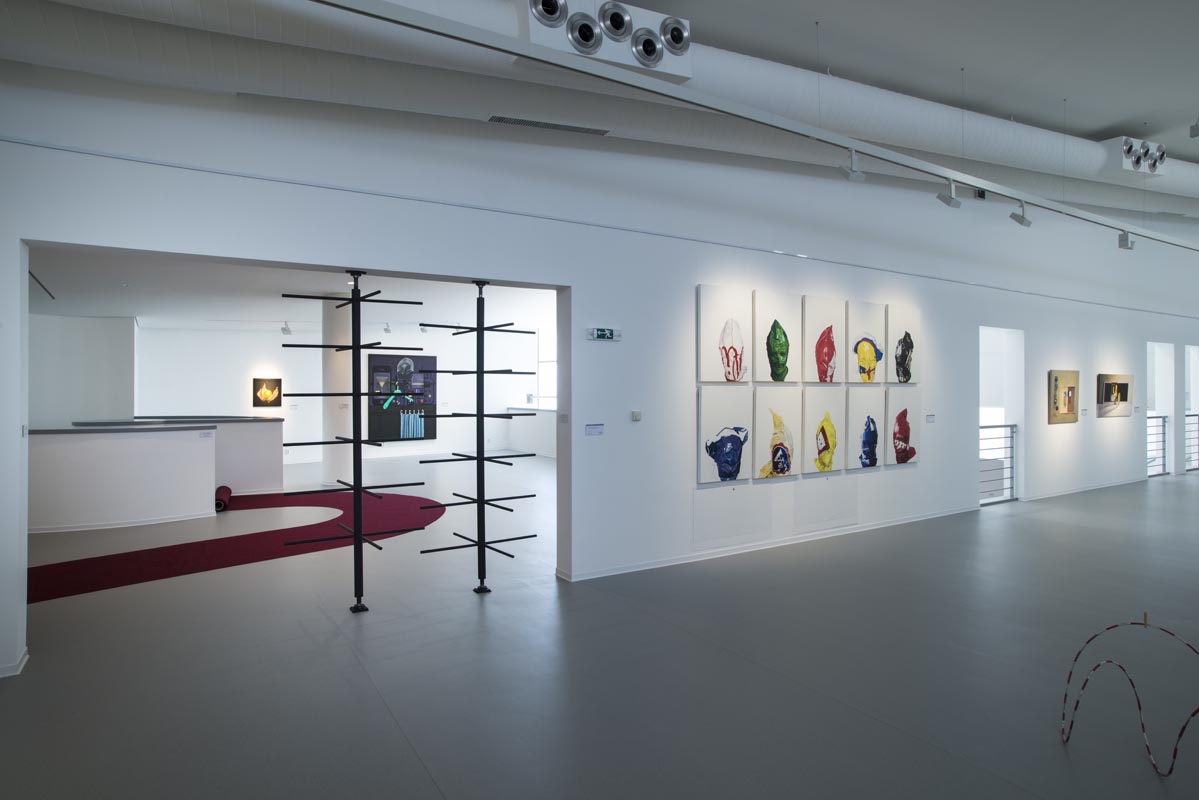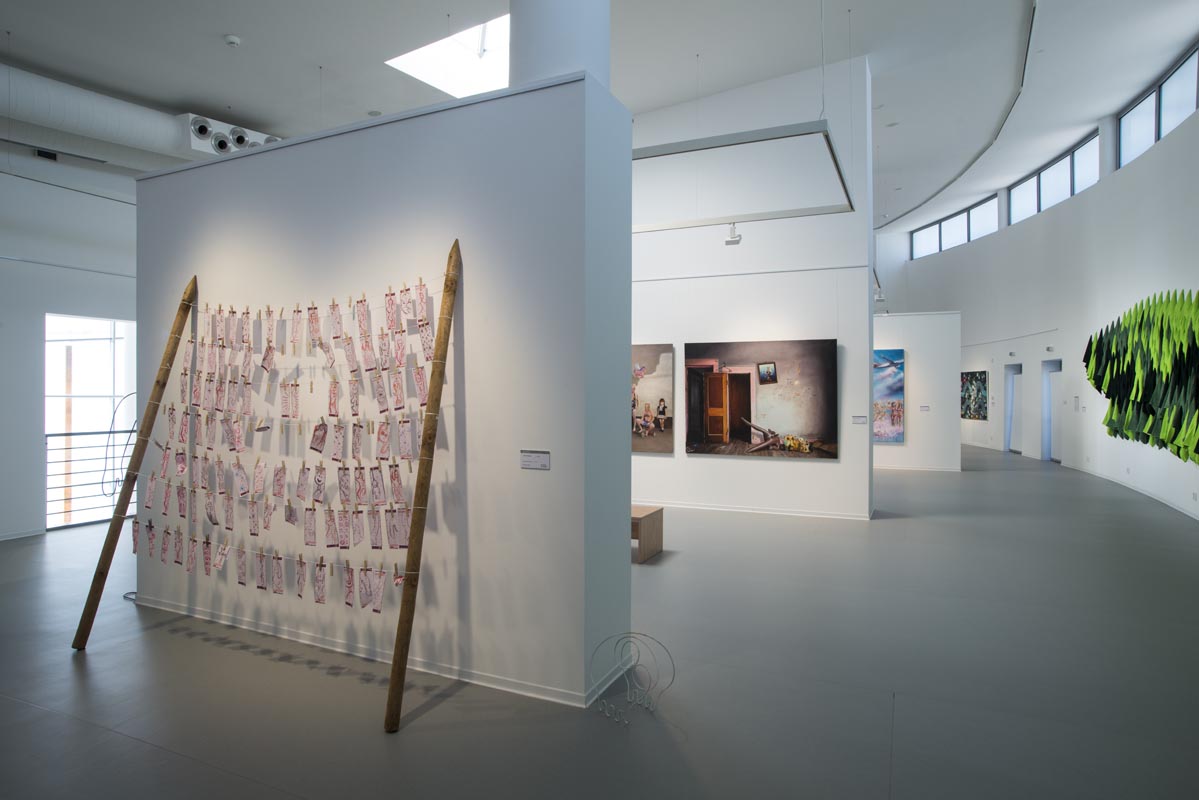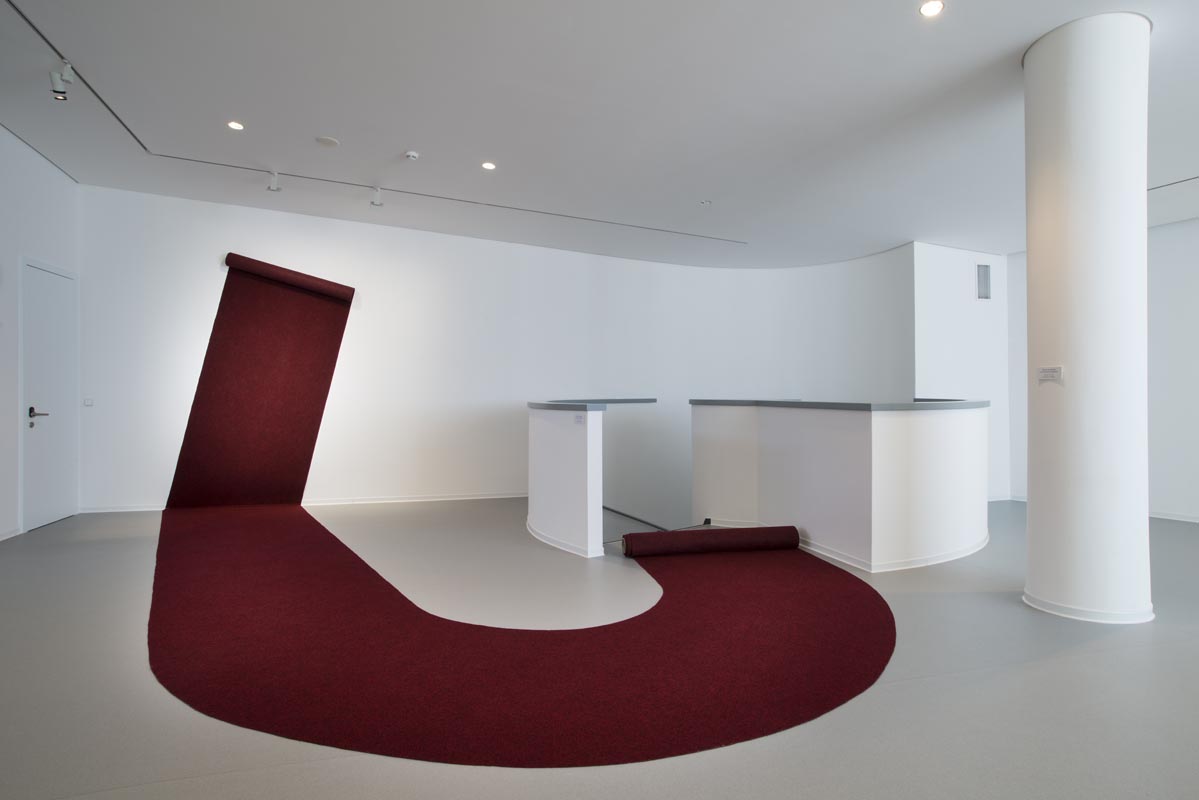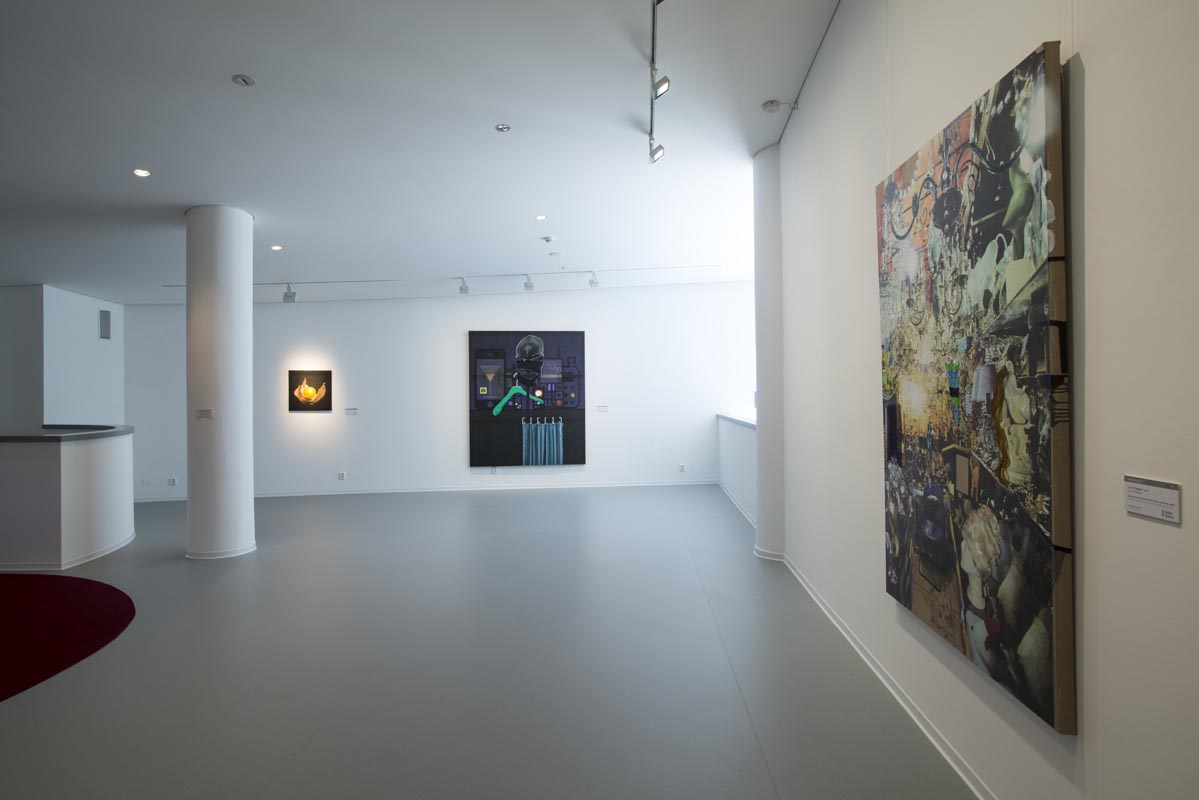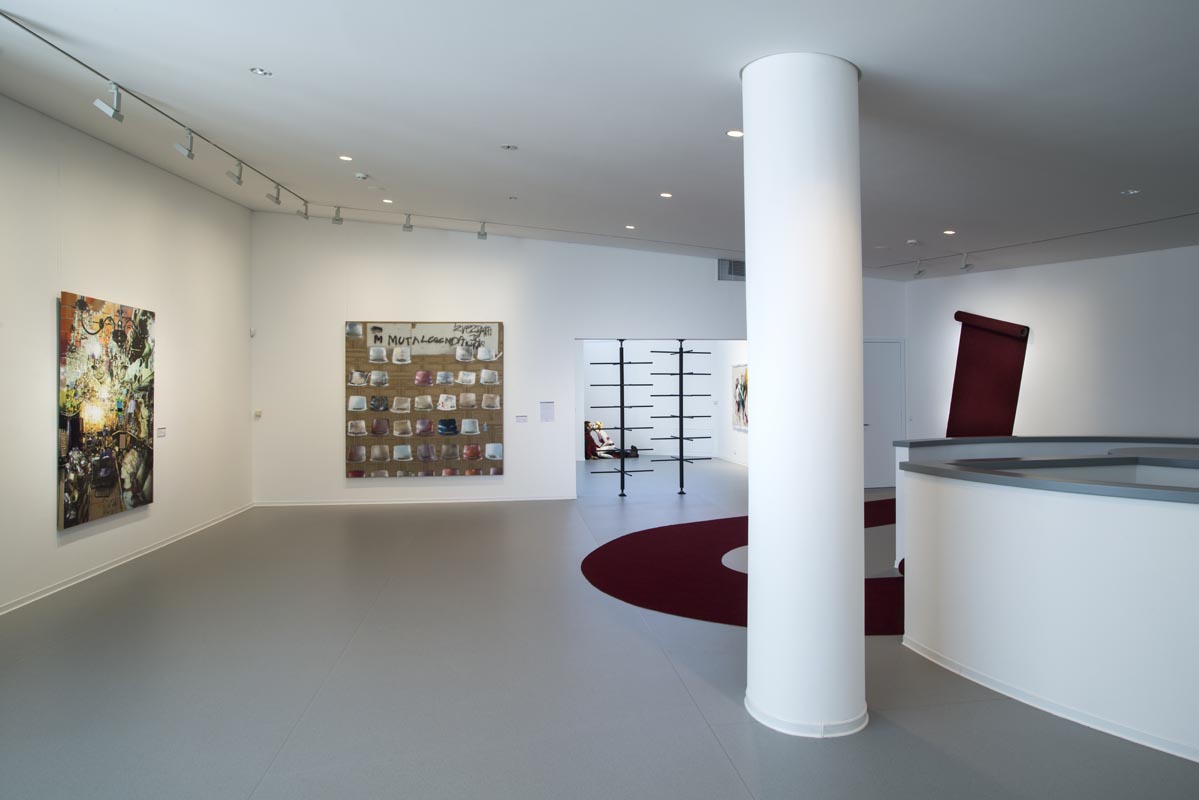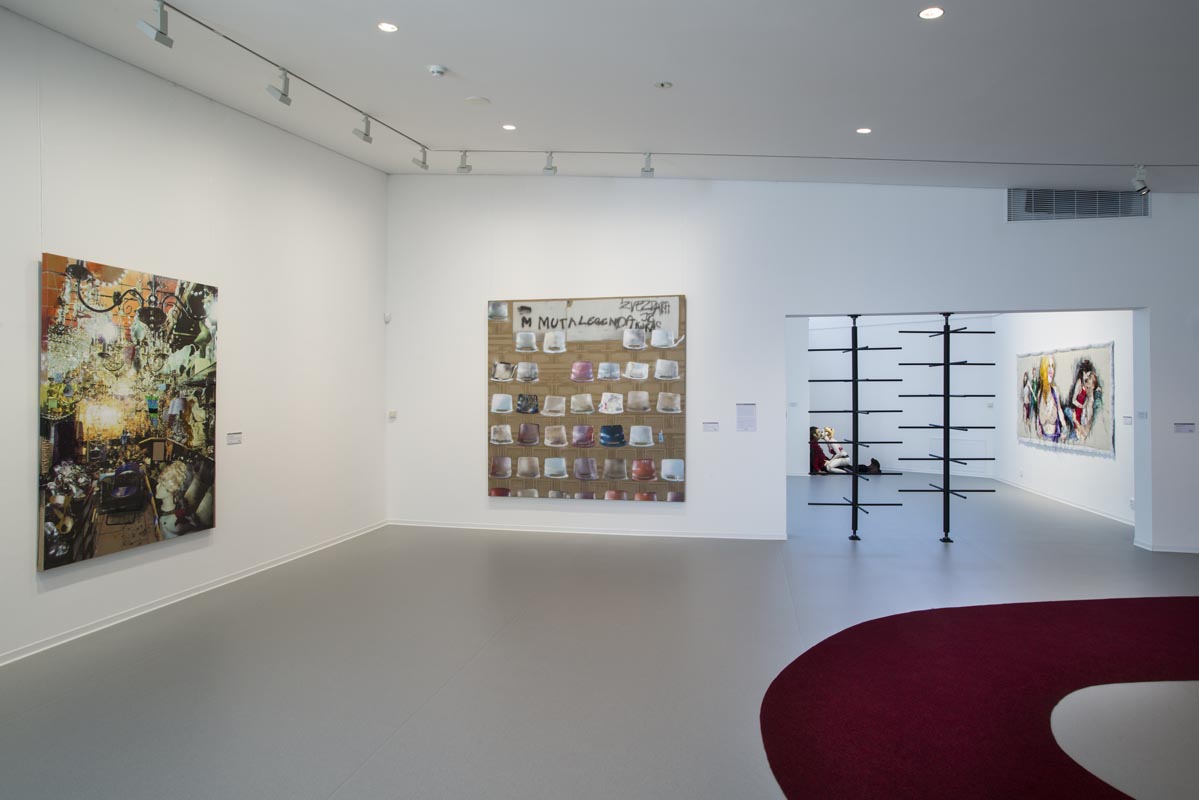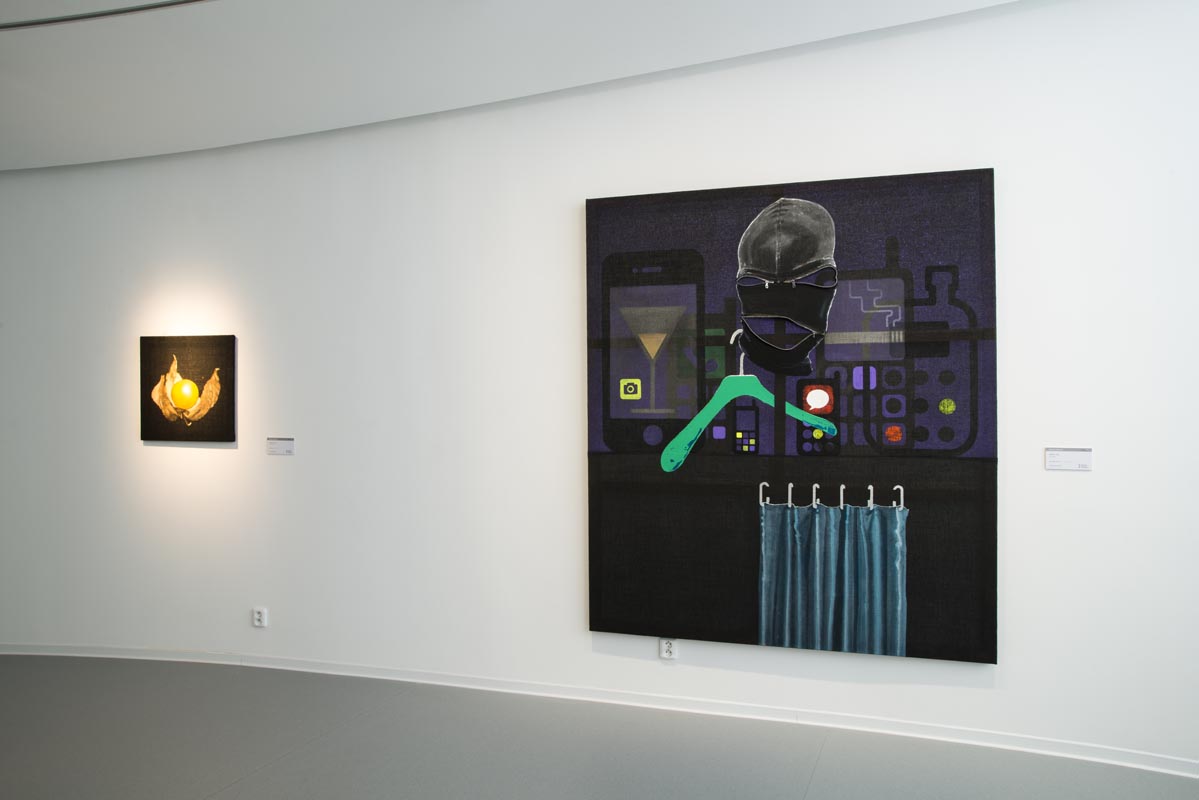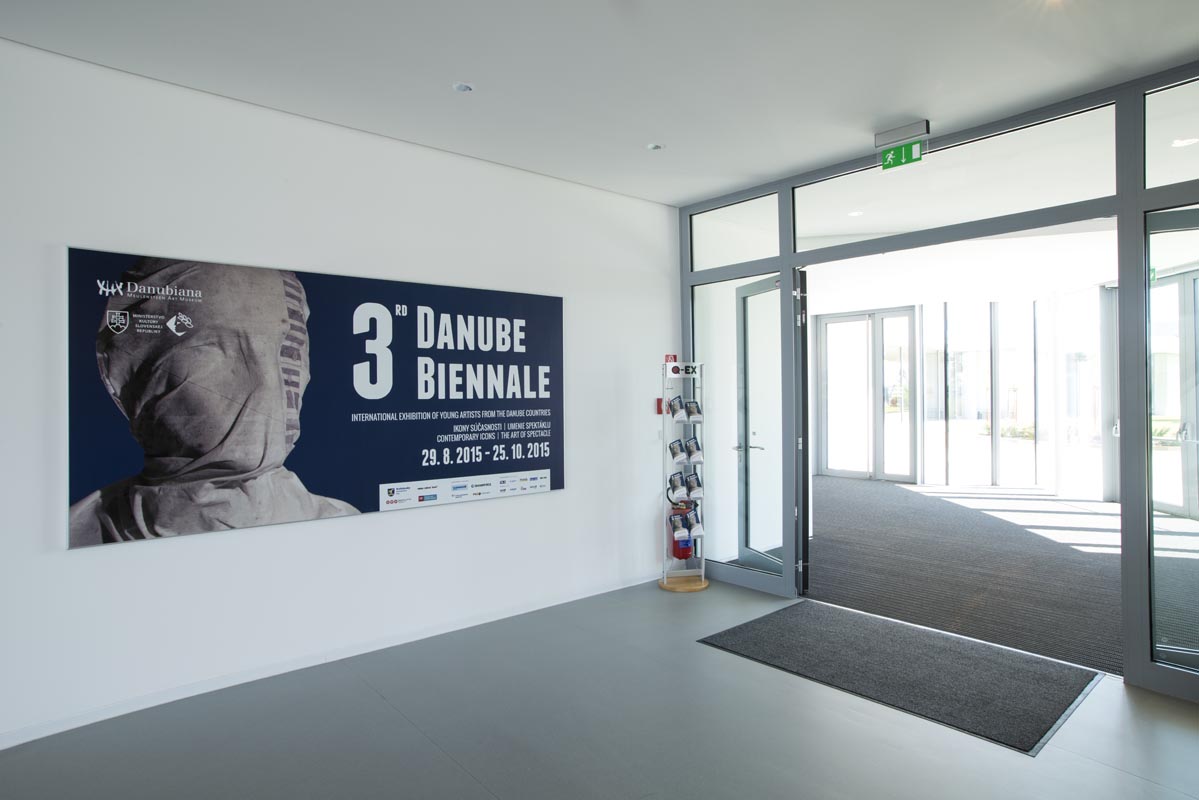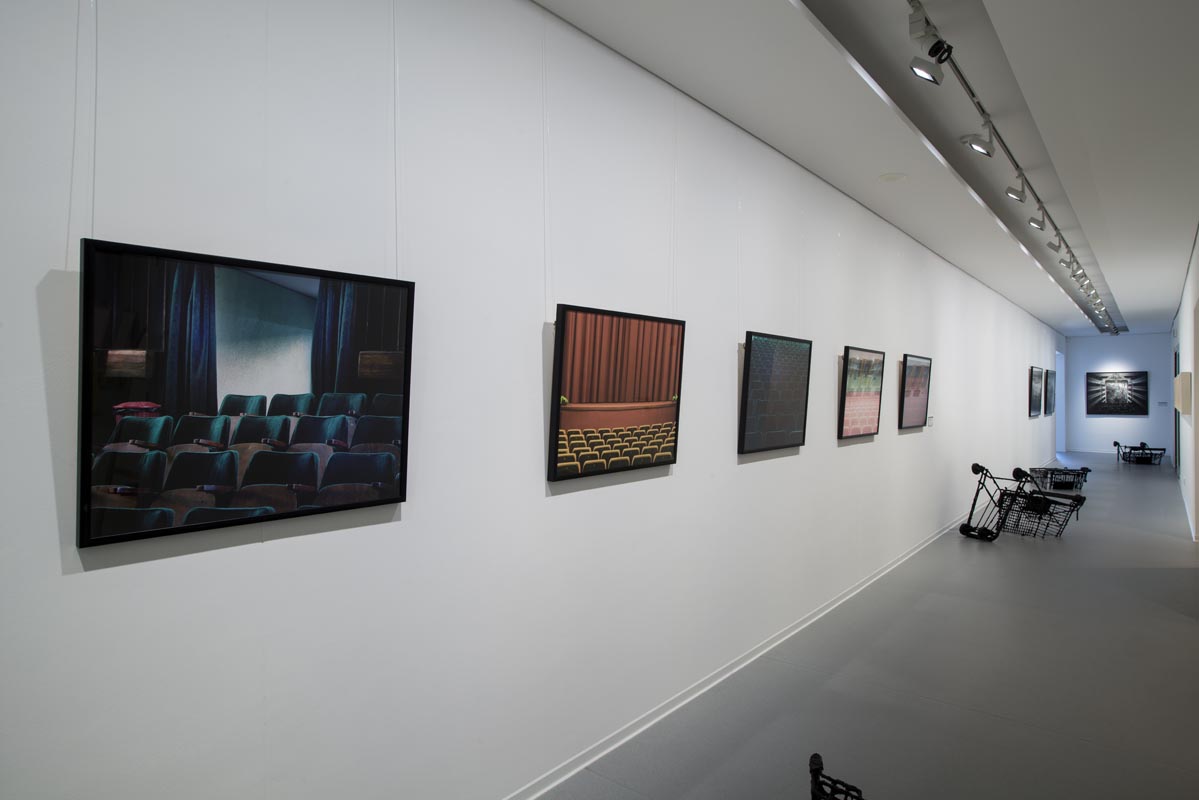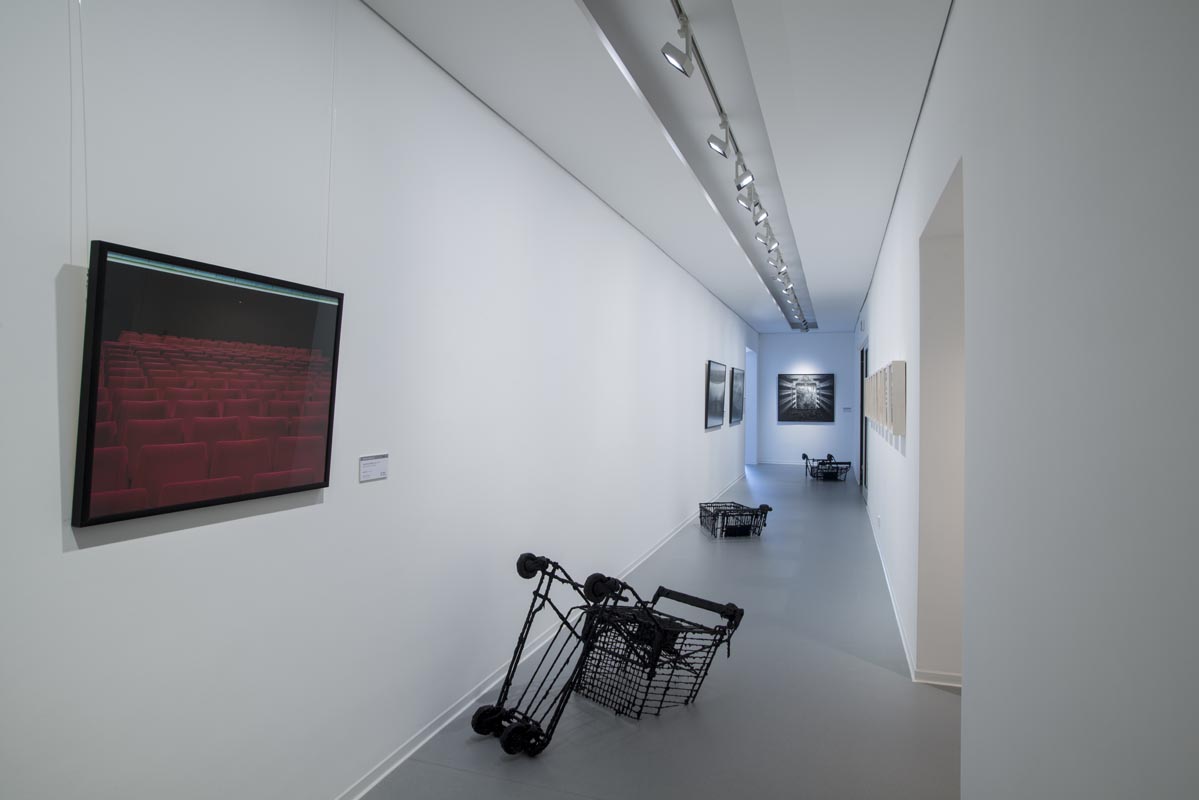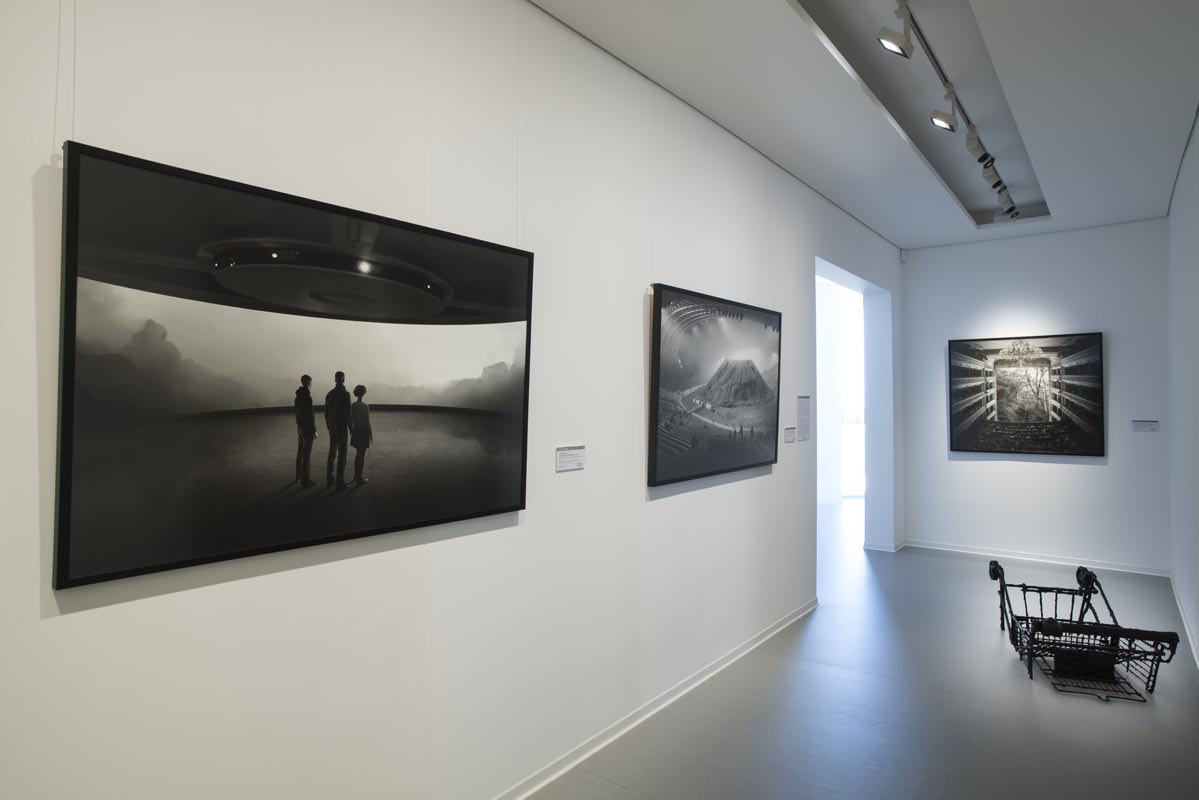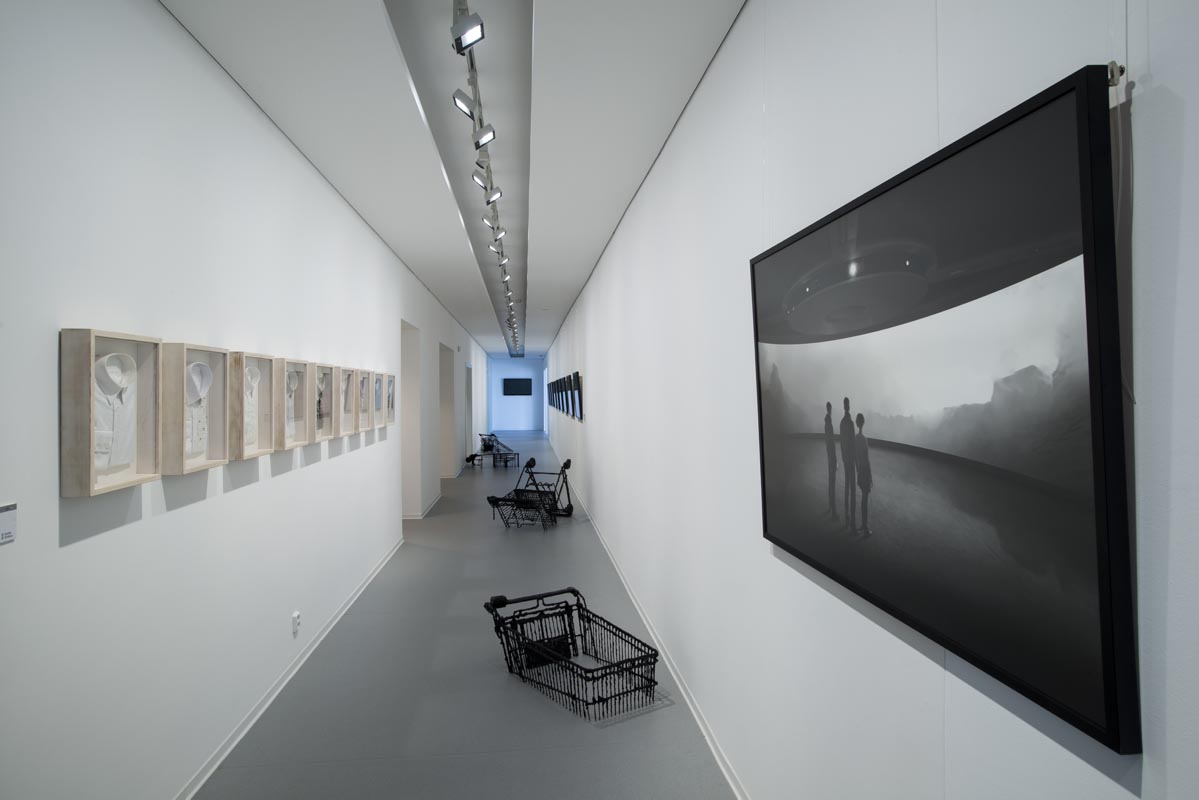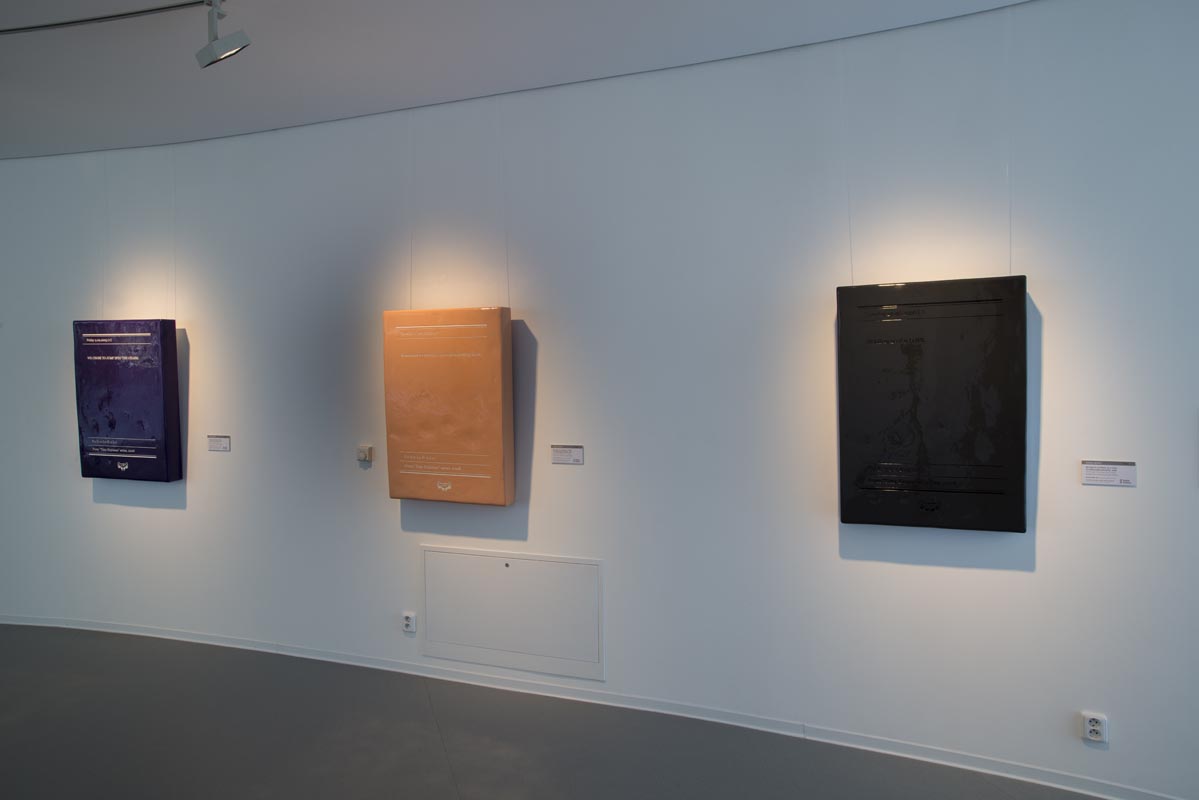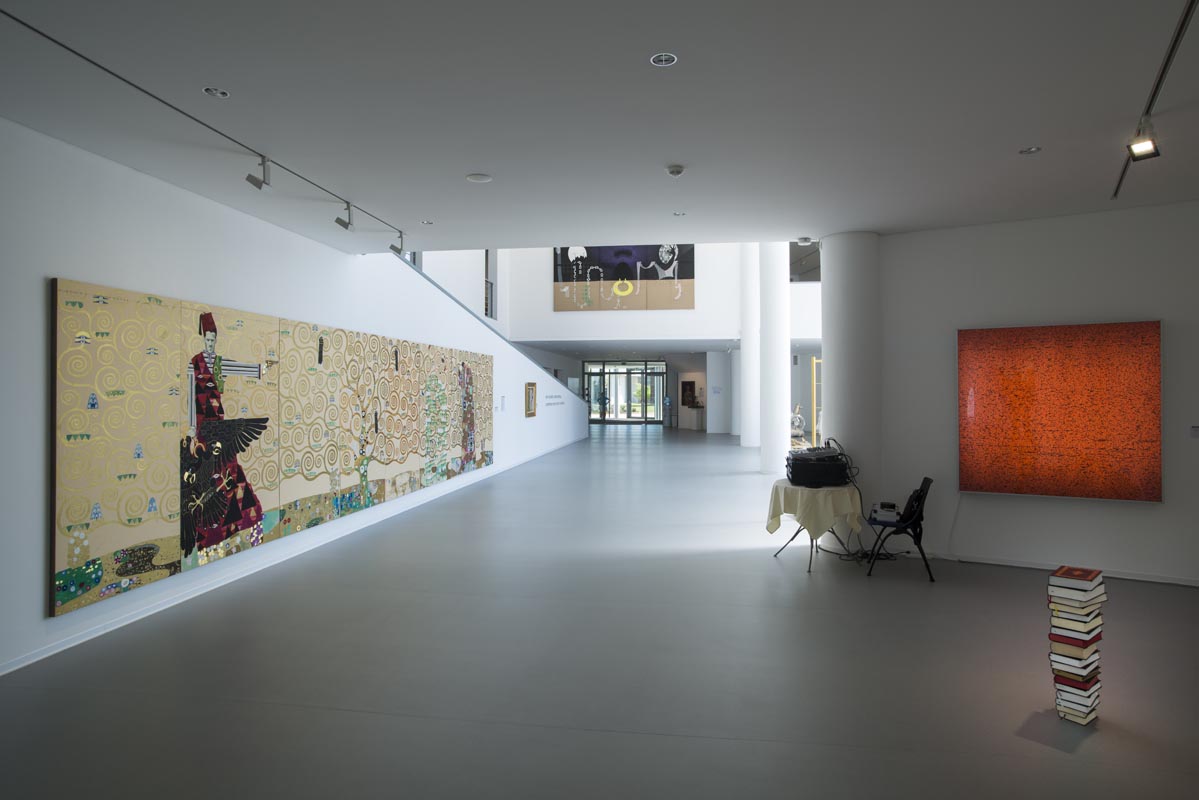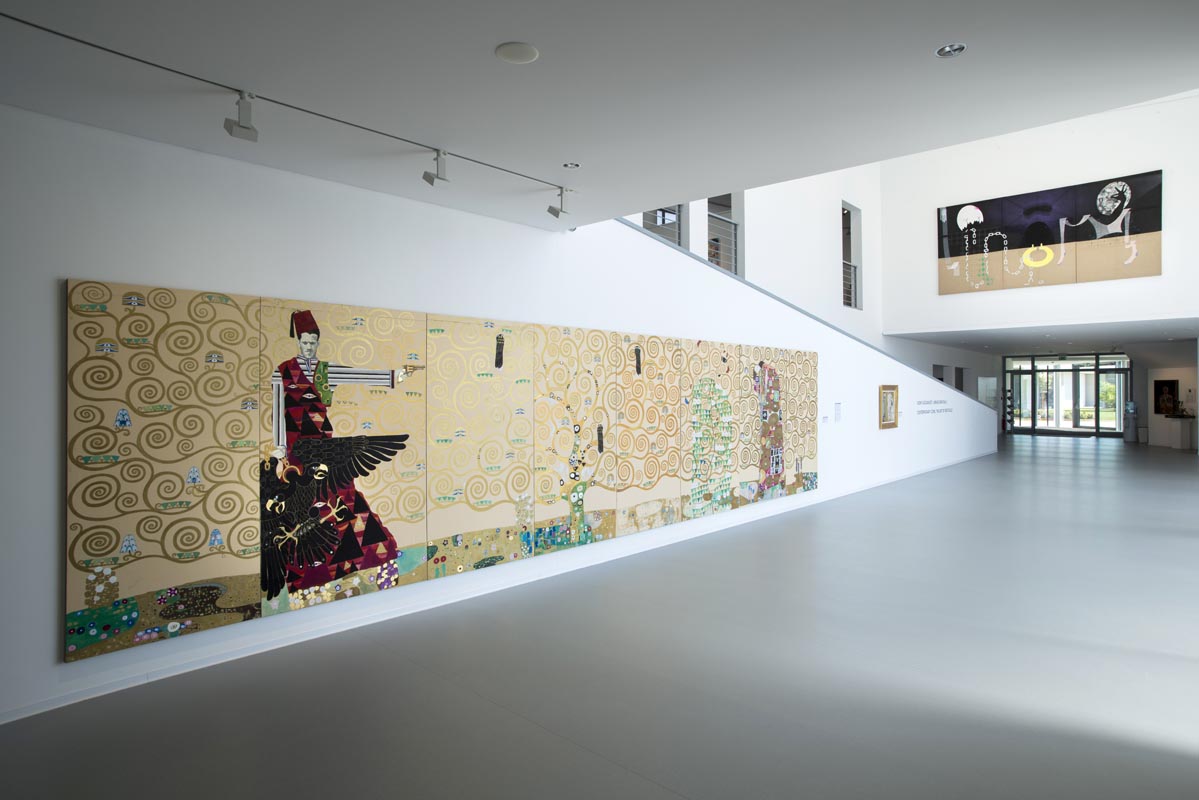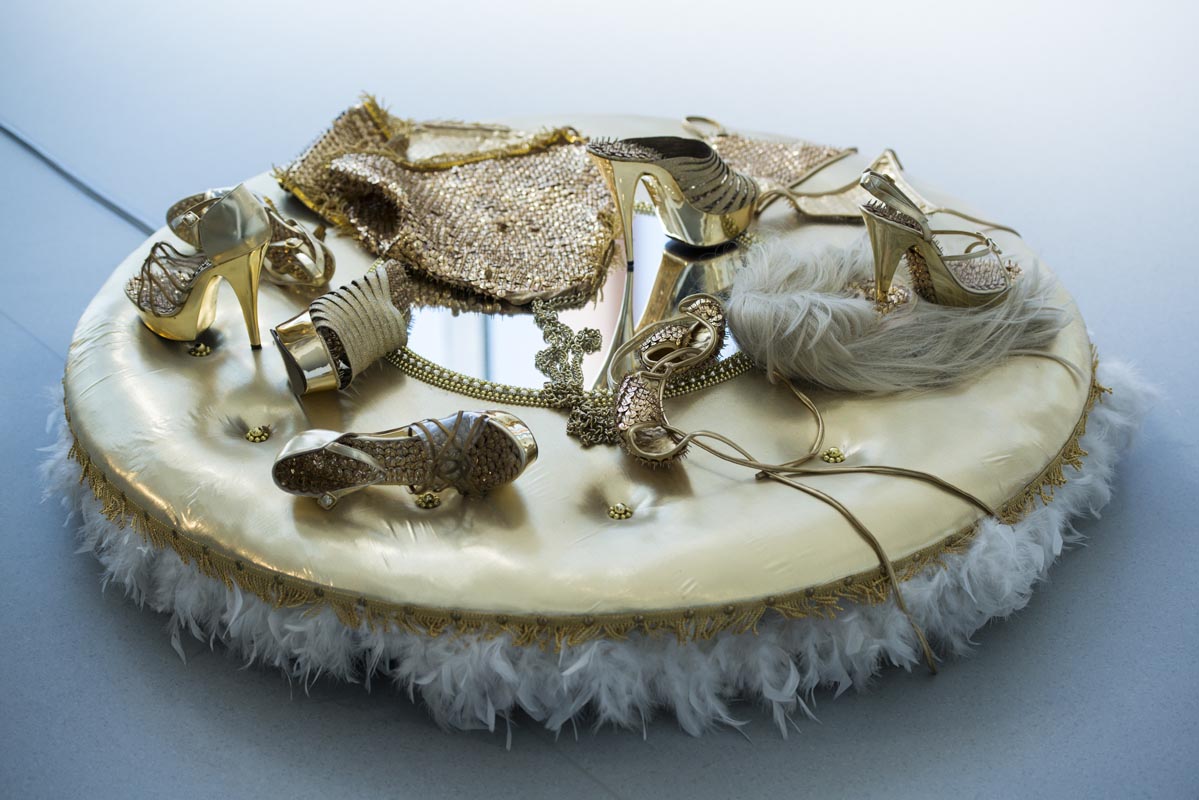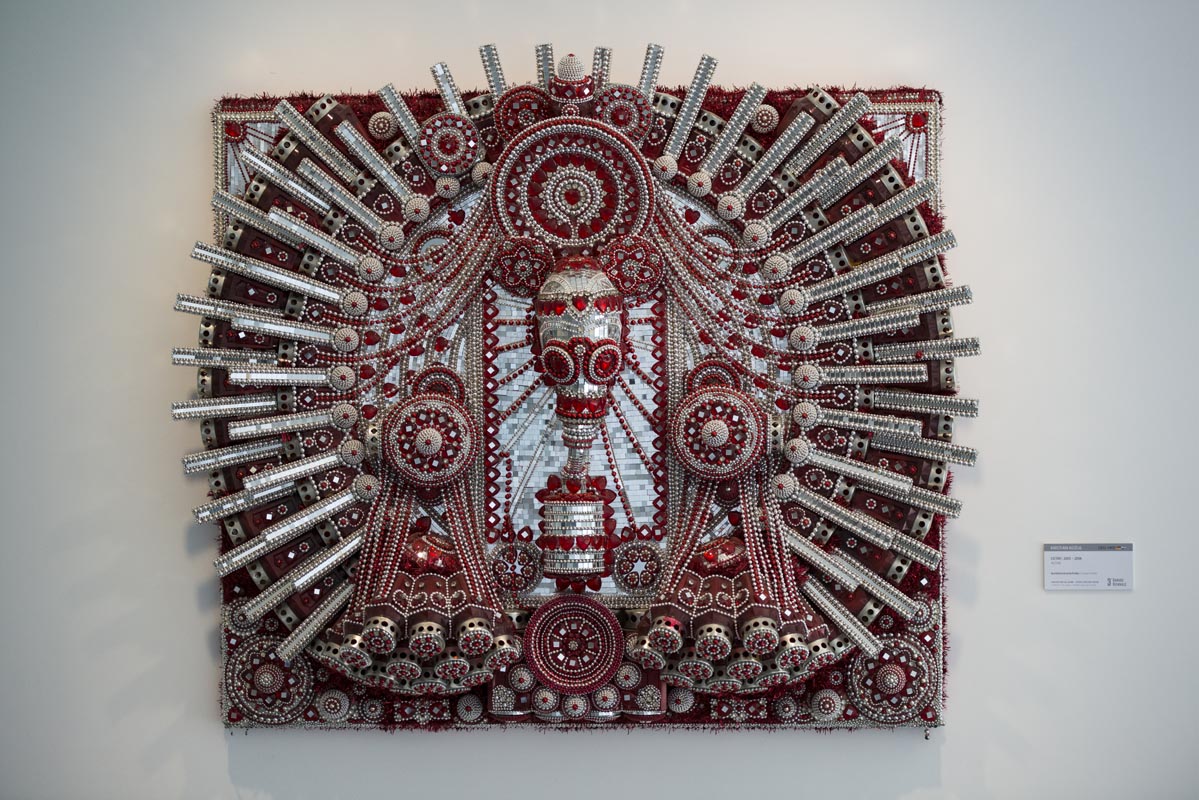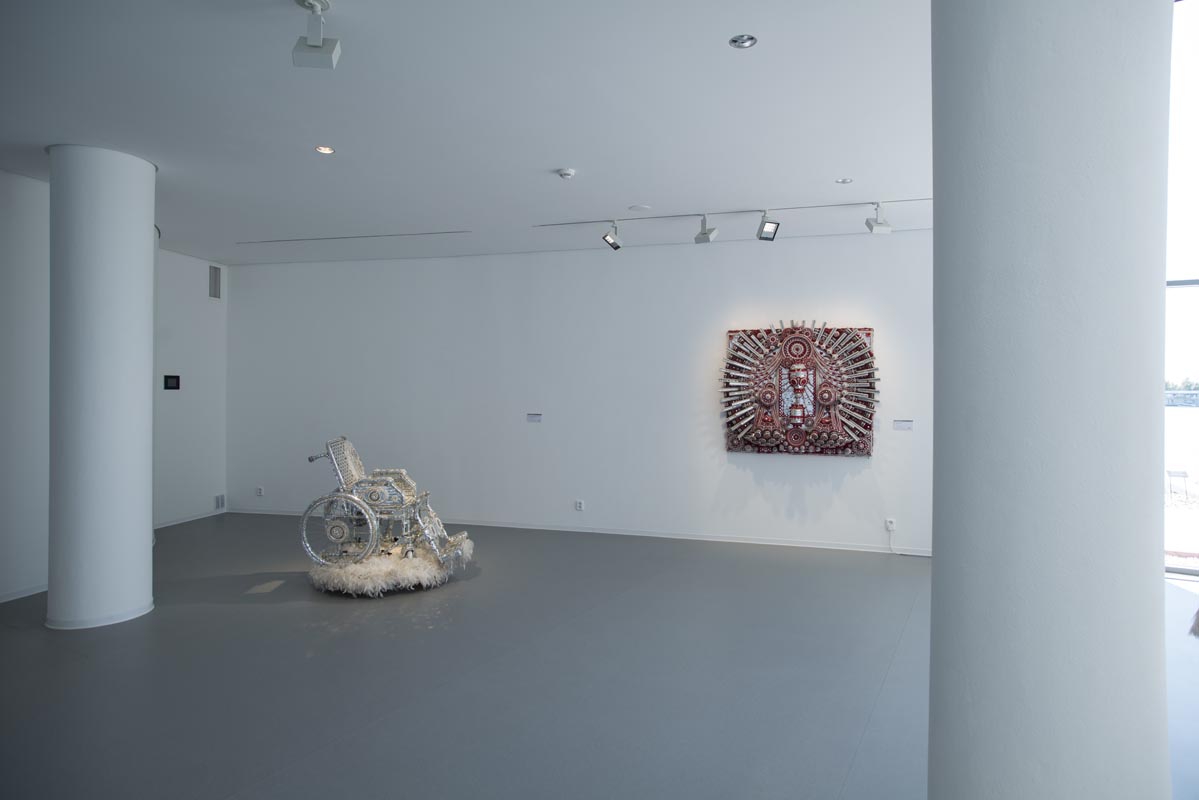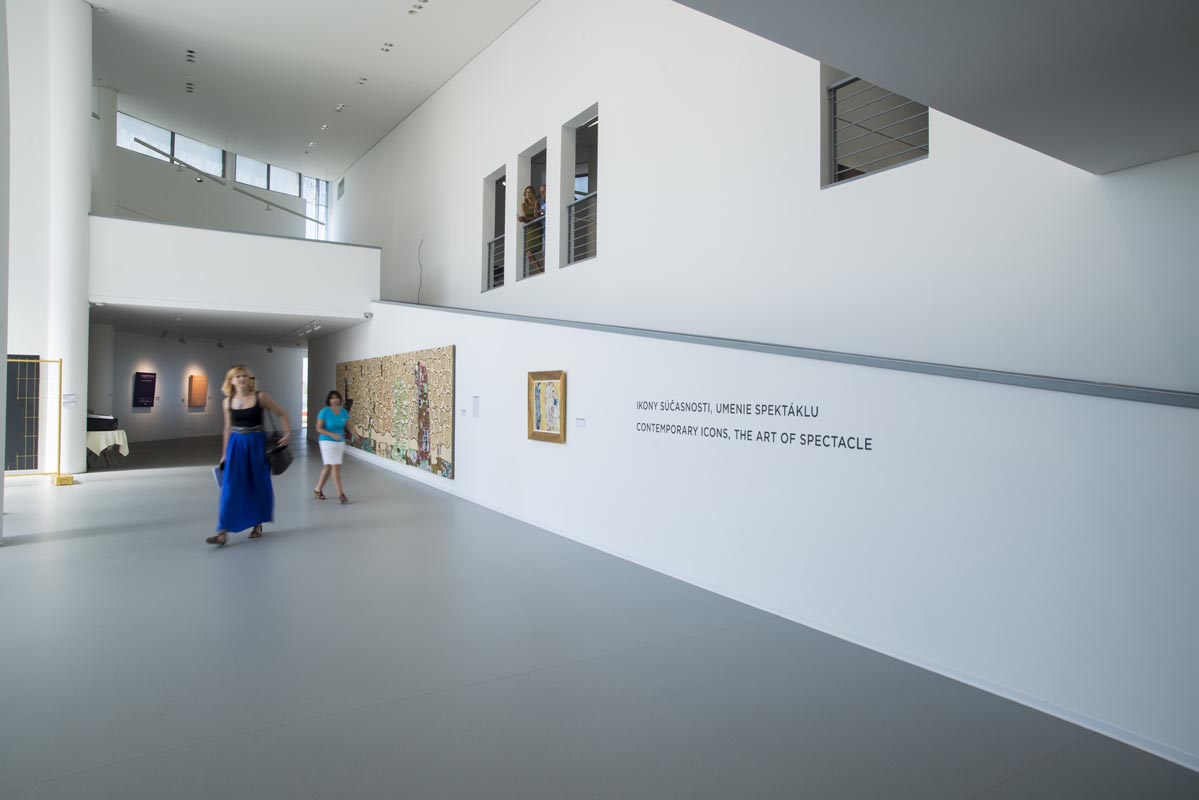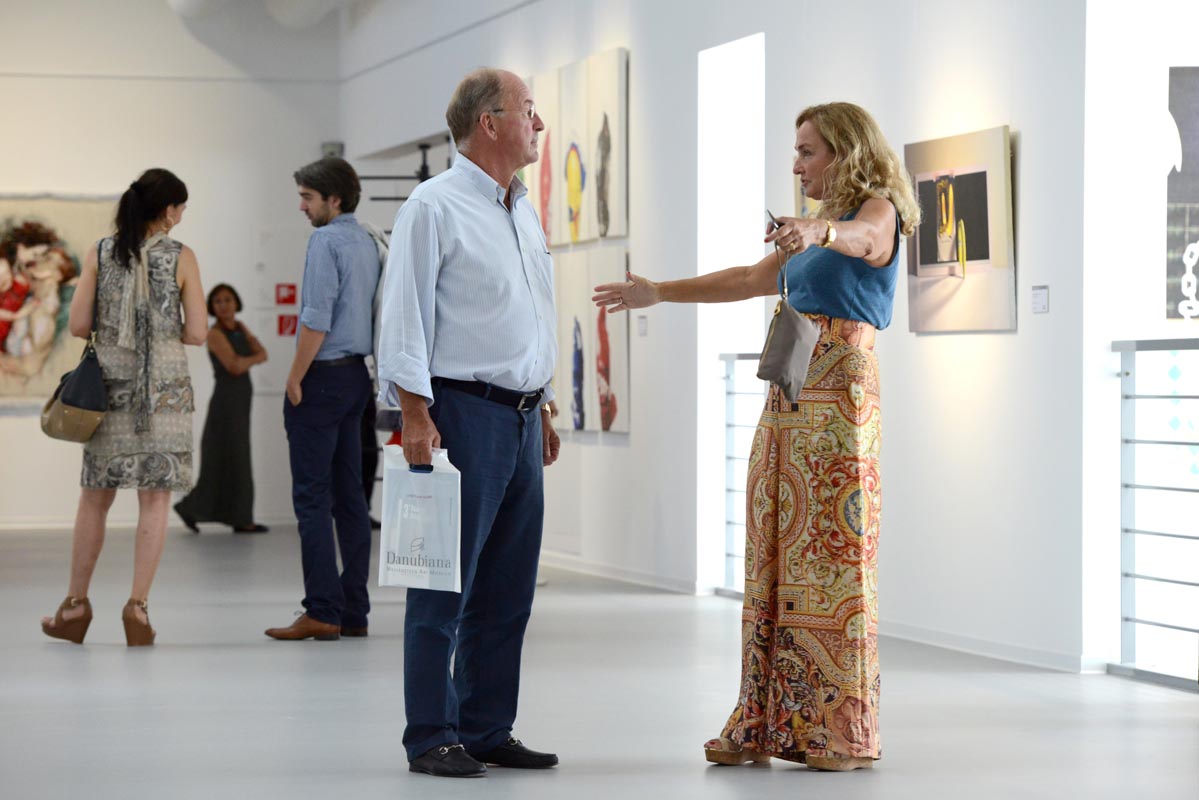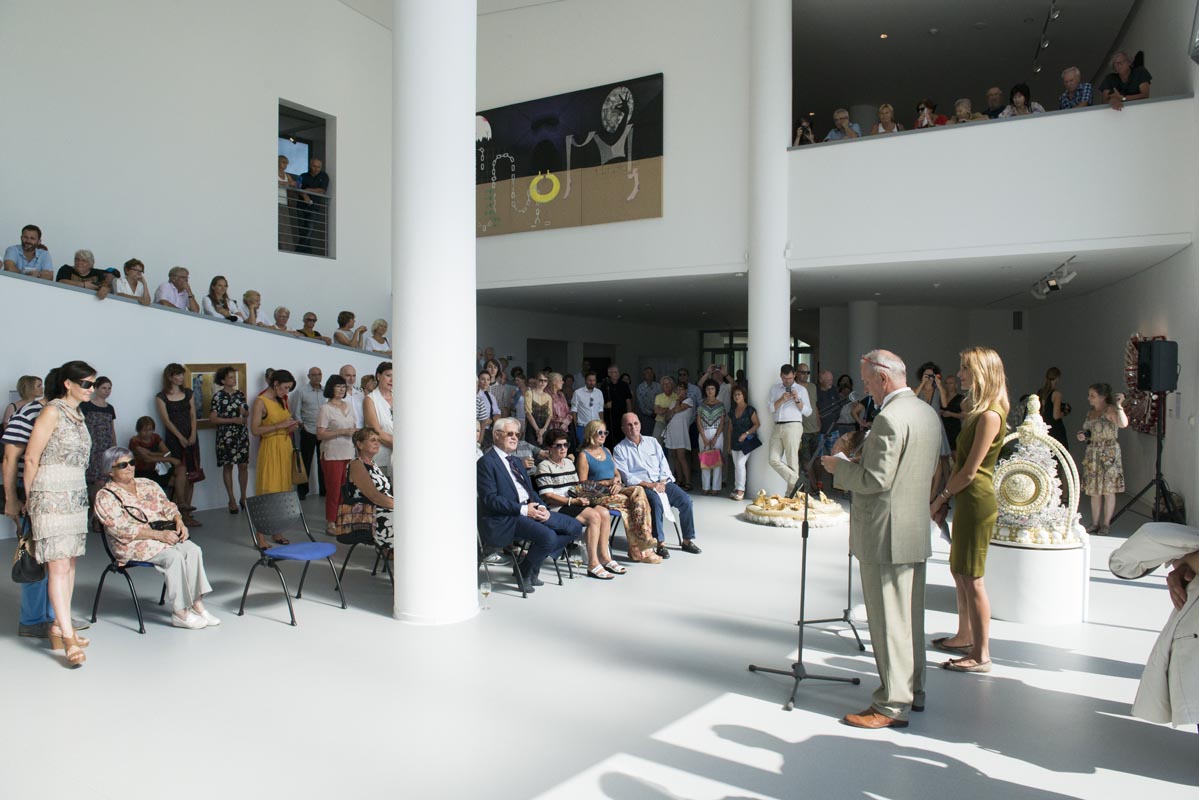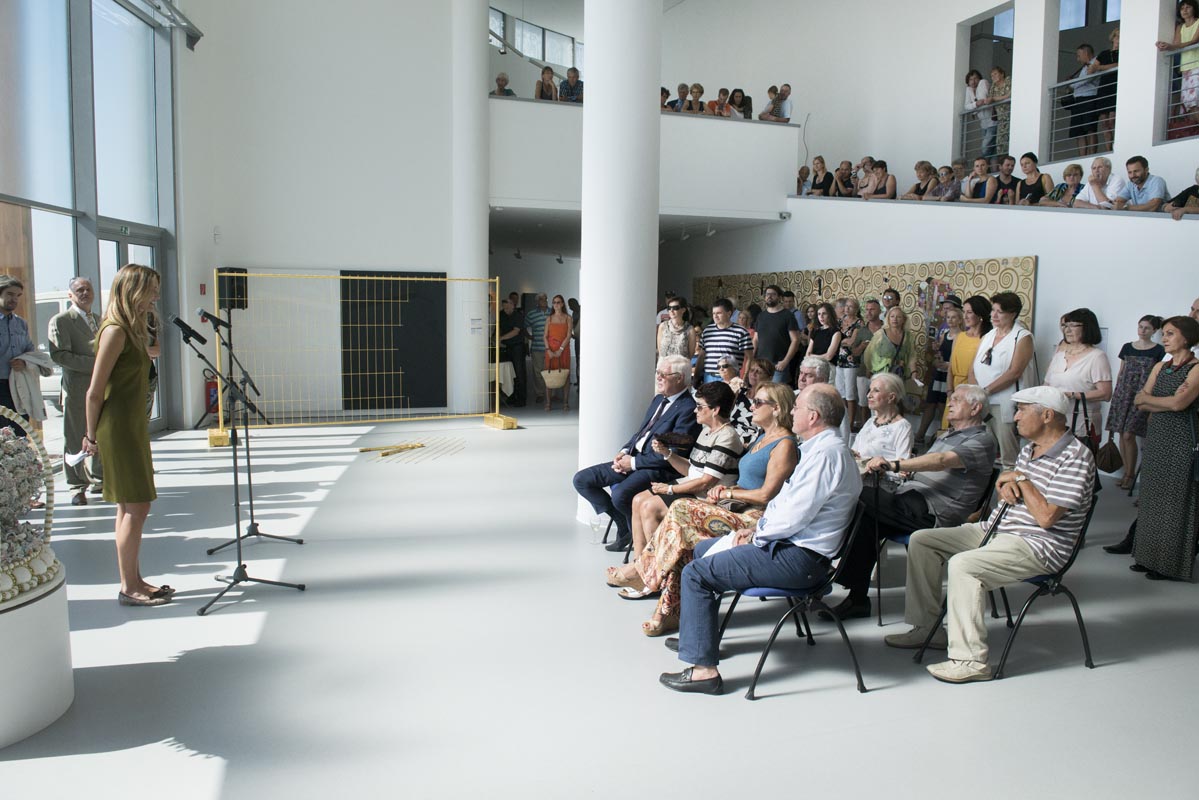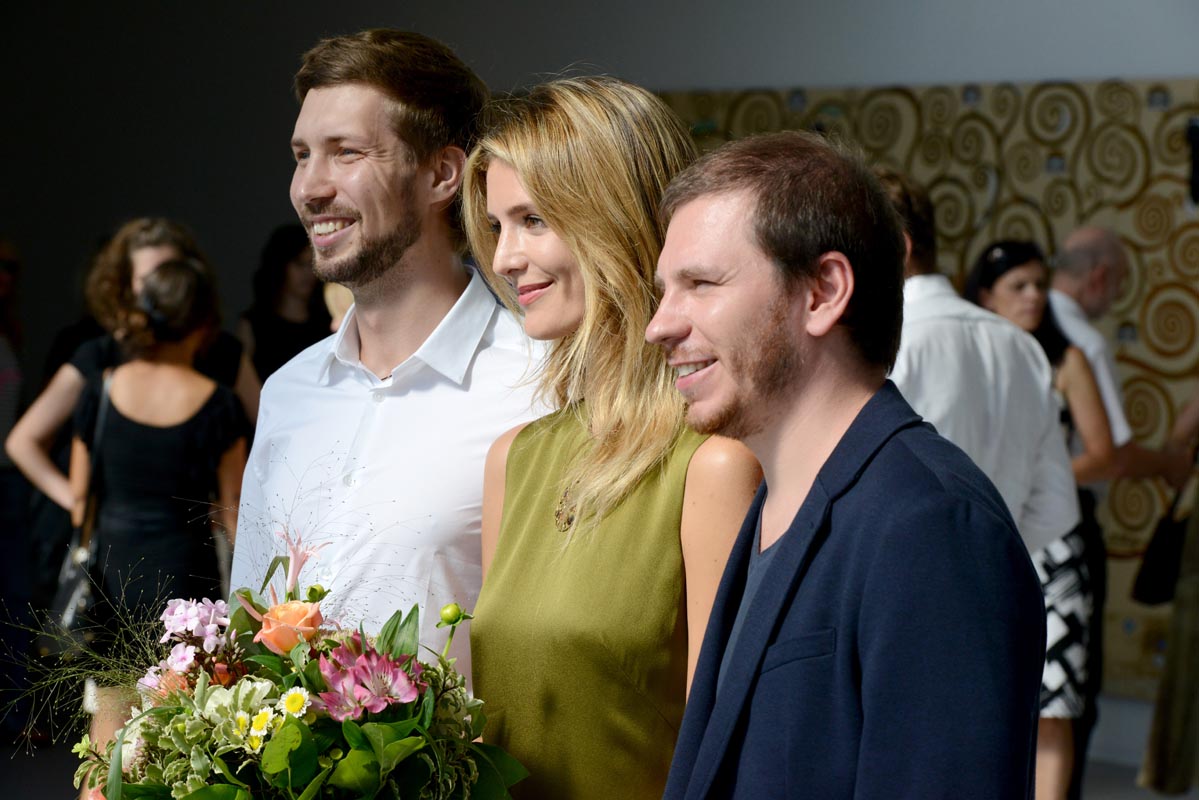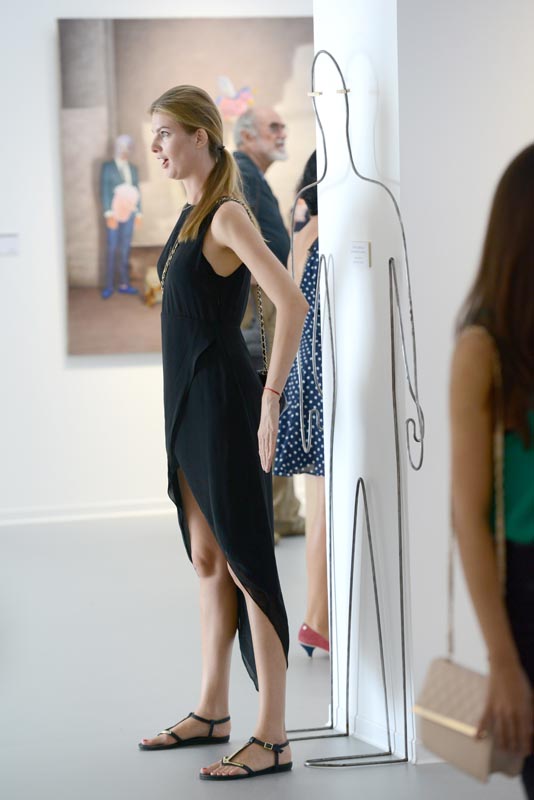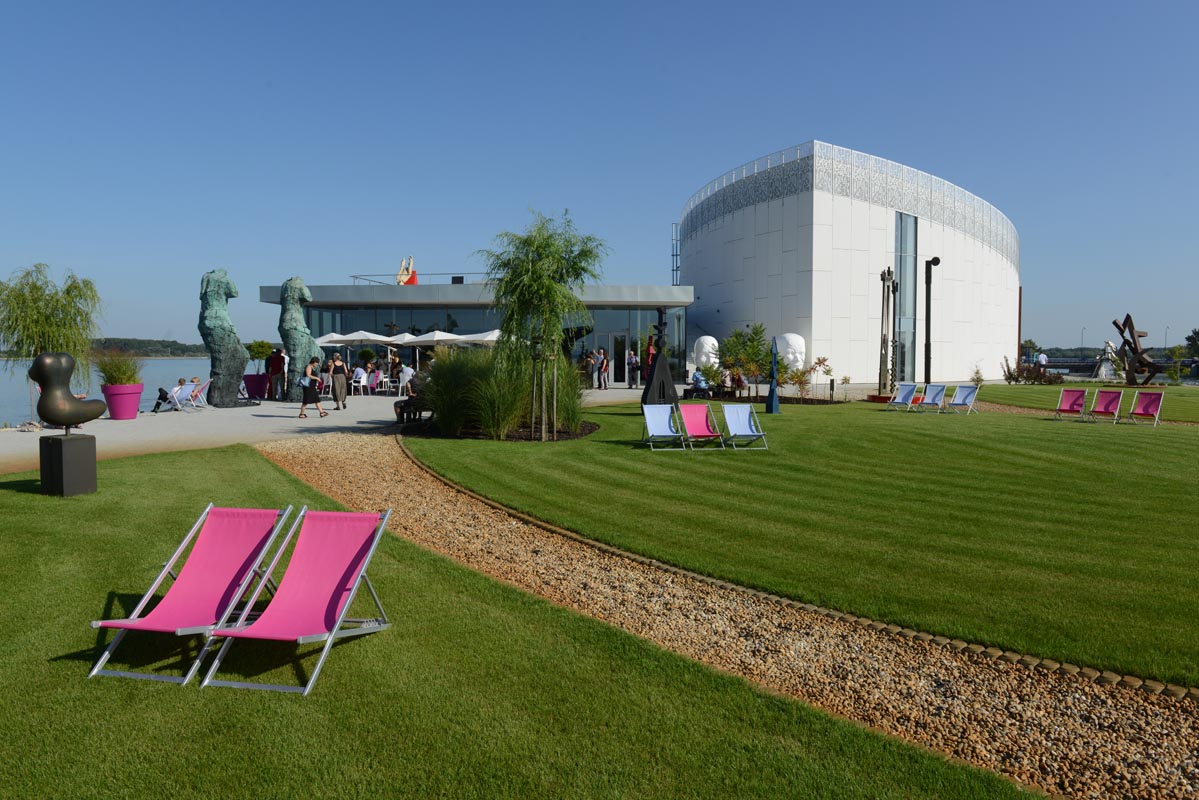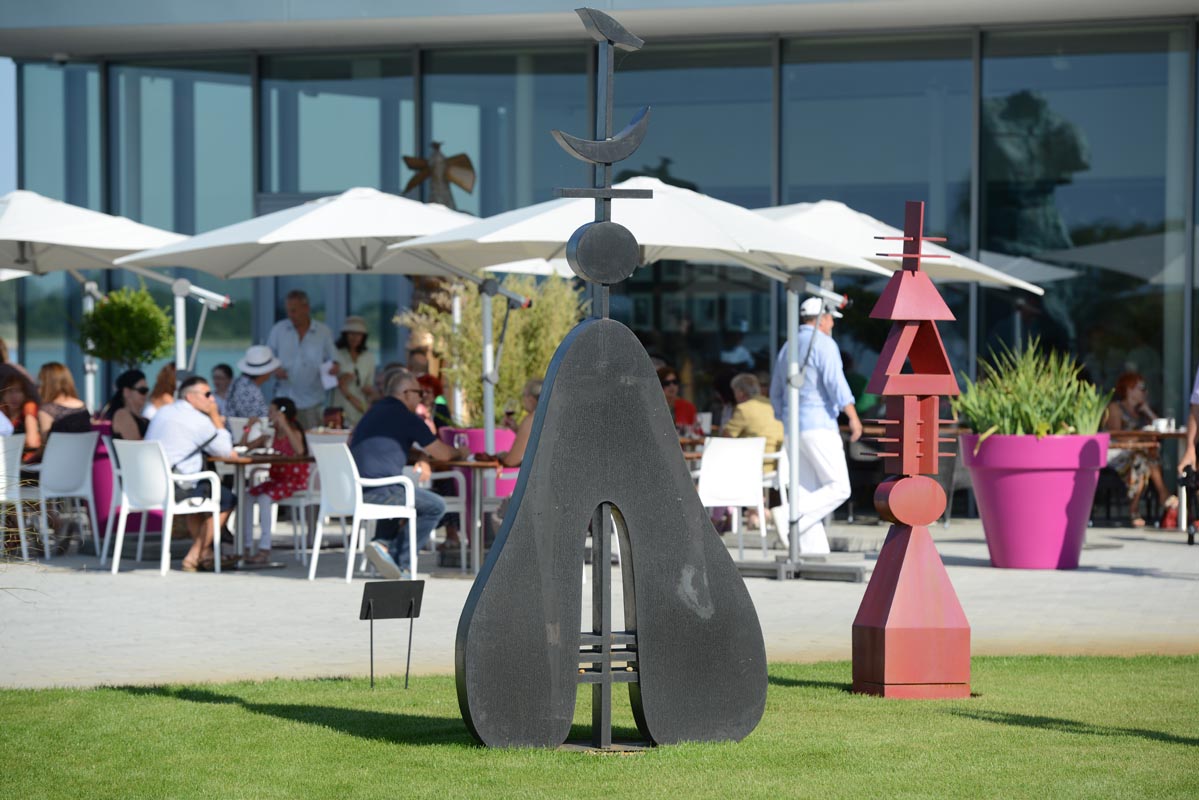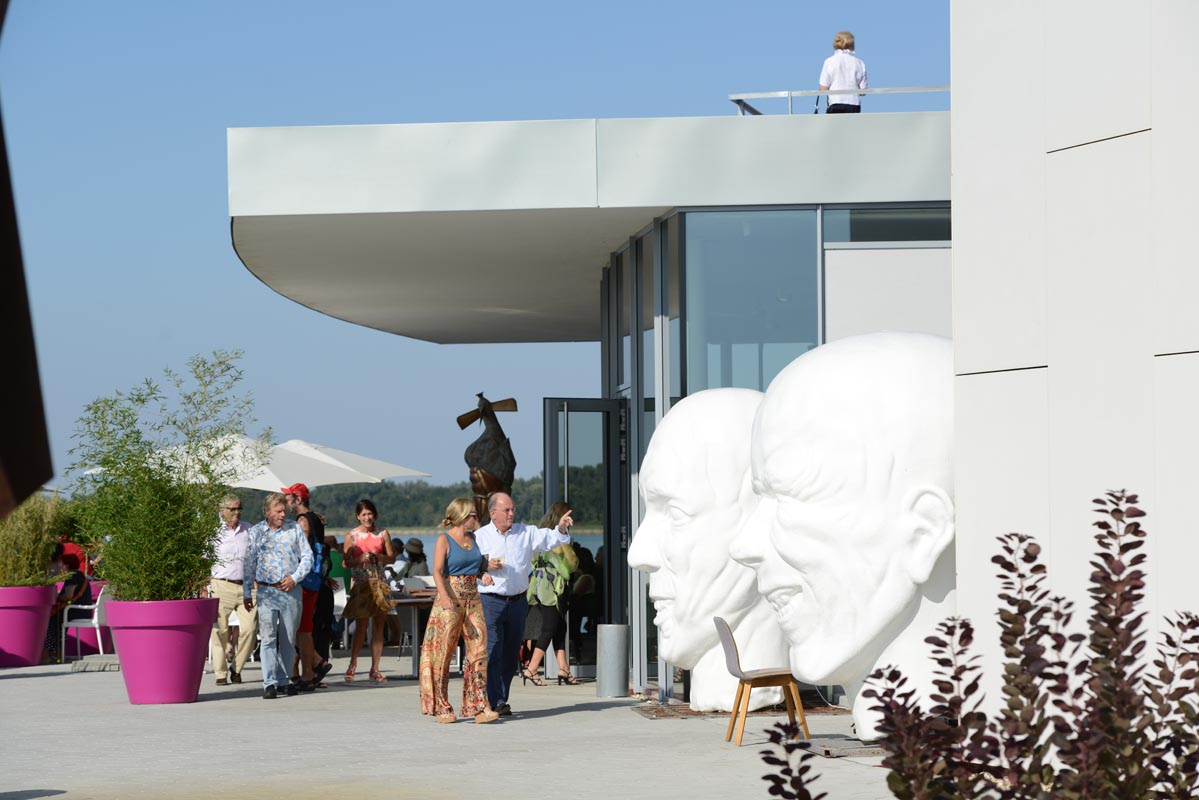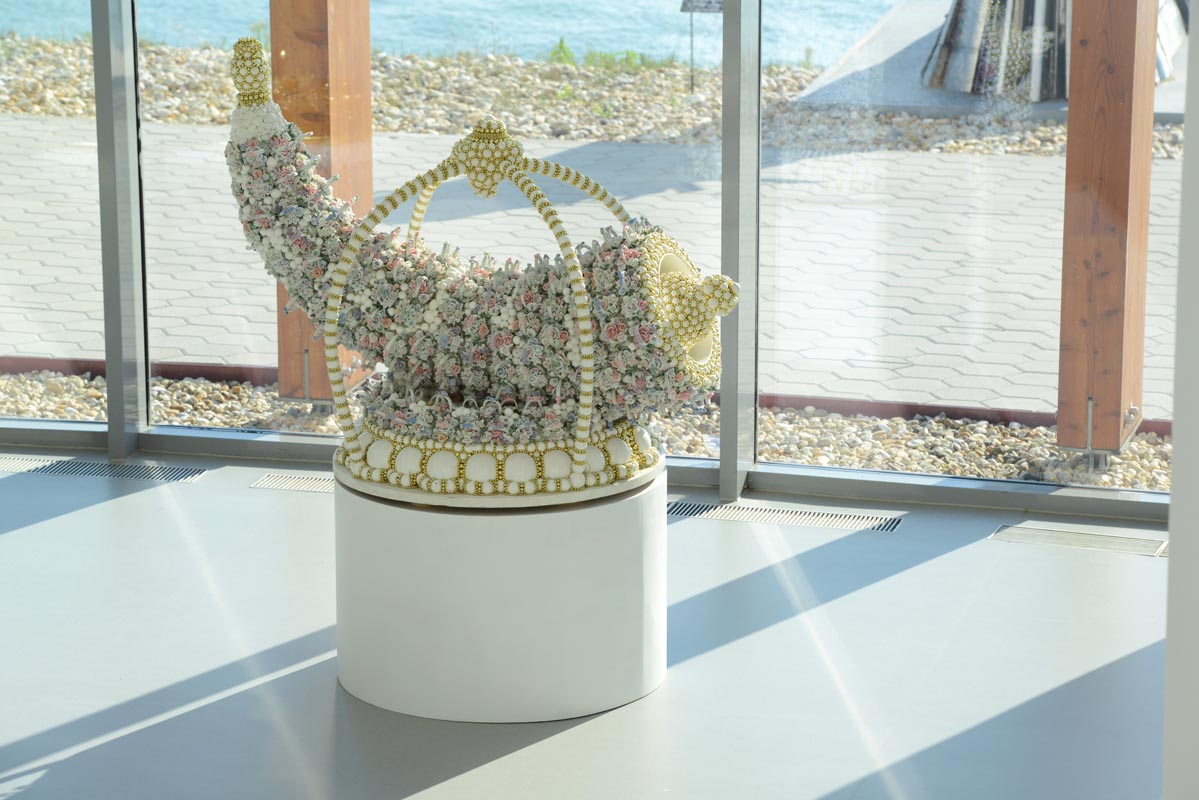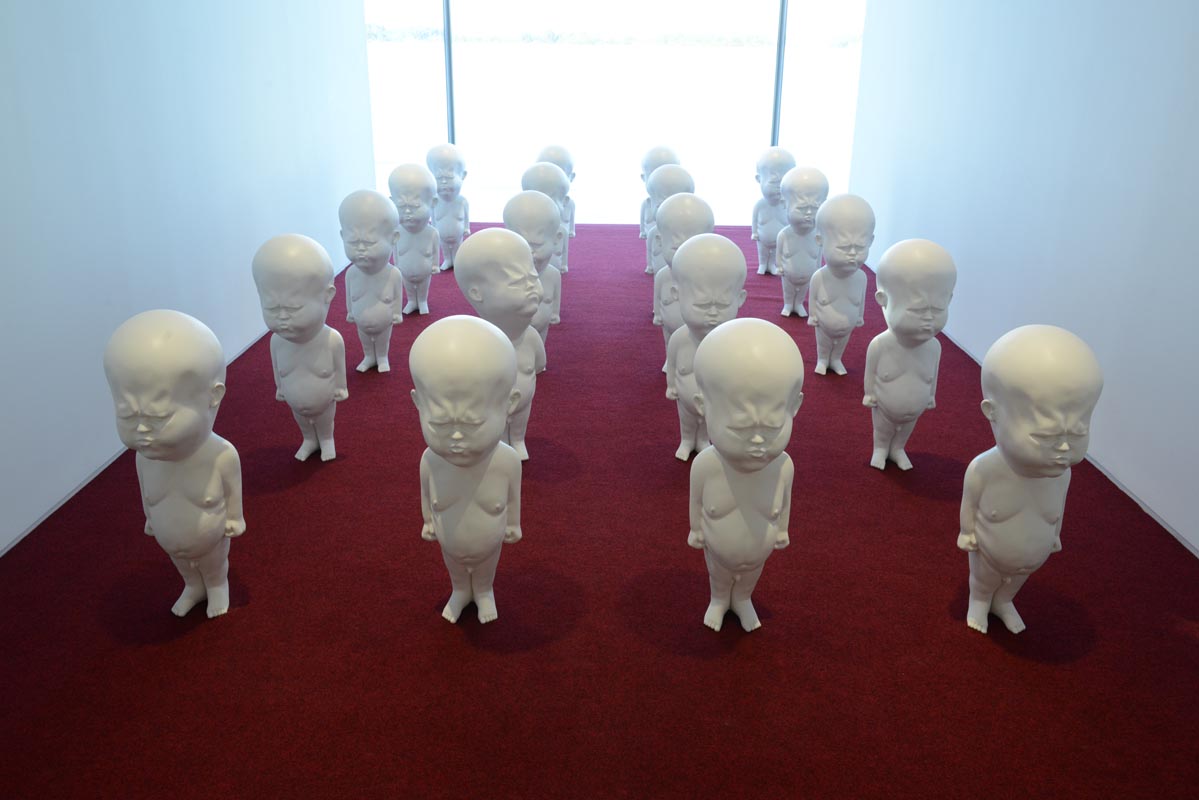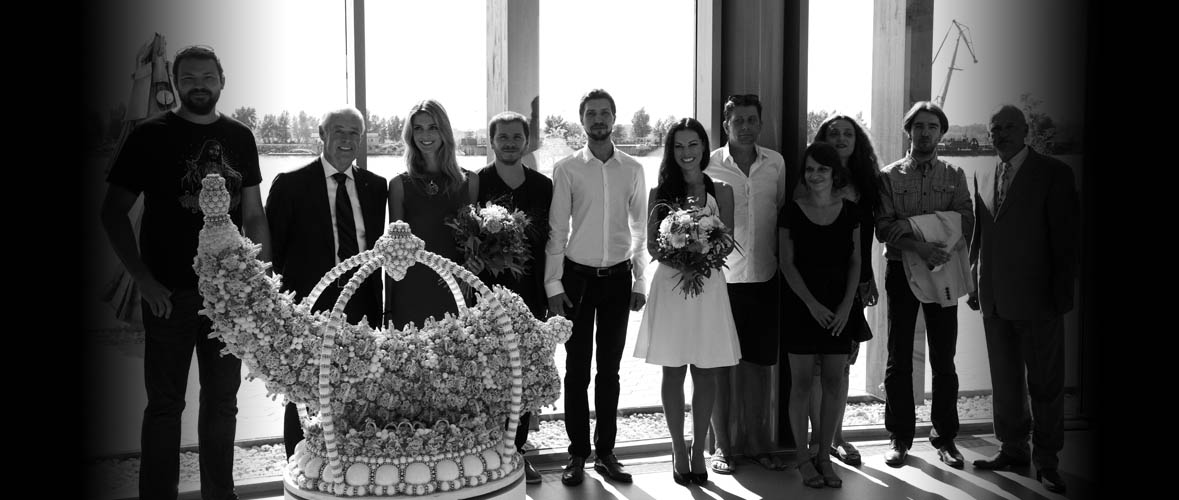

The 3rd DANUBE BIENNALE presents 22 artists from the young and middle generations from ten Danube basin countries - Germany, Austria, Slovakia, Hungary, Croatia, Serbia, Bulgaria, Romania, Moldova and Ukraine.
The subtitle of this exhibition, Contemporary Icons; The Art of Spectacle, indicates several overlapping themes which present a view of the various art forms and techniques of the participating artists. However, it is not the summarization and evaluation that are emphasized, but the dialectic nature of matters and the creation of space for open discussion.
This brings us back to polemics related to the discredited values of capitalism, the (im)possibility of autonomous artistic production, commodity fetishism, the commodification of art, “the society of the spectacle”, and thinking about the question – what becomes an icon today and how? How do “contemporary icons” adapt to functioning in the tangle of mass culture images, the superficial reading of symbols and the spectacular visuality of objects? How have the importance and function of this concept changed, when religion, in its traditional form, no longer the fundamental value of society, has been replaced by the “religion of consumption”?
The lifestyle of consumption contributed to a certain uniformity, loss of personal freedom, a moral and value crisis. Even protest against the system itself becomes a commodity and is usually transformed by the market machinery into another article for sale.
According to French thinker, Guy Debord, a “spectacle” occurs in such society as a false representation of reality which creates identification models and needs of individuals.
In an effort to transform superficial and uniform schemes, artists work with a visually attractive form on the edge of industrial design, thoughtful imagery and the spectacular advertising visuality of polished surfaces. The intentional blurring of boundaries between high and low art, the swapping of context, and the use of cliché, repetitiveness, and kitsch distort the aesthetic and meaning stereotypes and the apparently unchangeable status quo.
At first sight, simplified, playful references offer a much more comprehensive and critical perspective of the uncertain diagnosis of contemporary society.
But is it possible to criticize spectacle and capitalism in any other than a spectacular way without accepting a part in it? And if we accept this part, where are the limits when it is no longer criticism?
The third millennium has brought new facts but also new paradoxes. The 3rd Danube Biennale offers the opportunity to observe and confront these changes in the system and thus create an opportunity for further development. New times = new icons.

